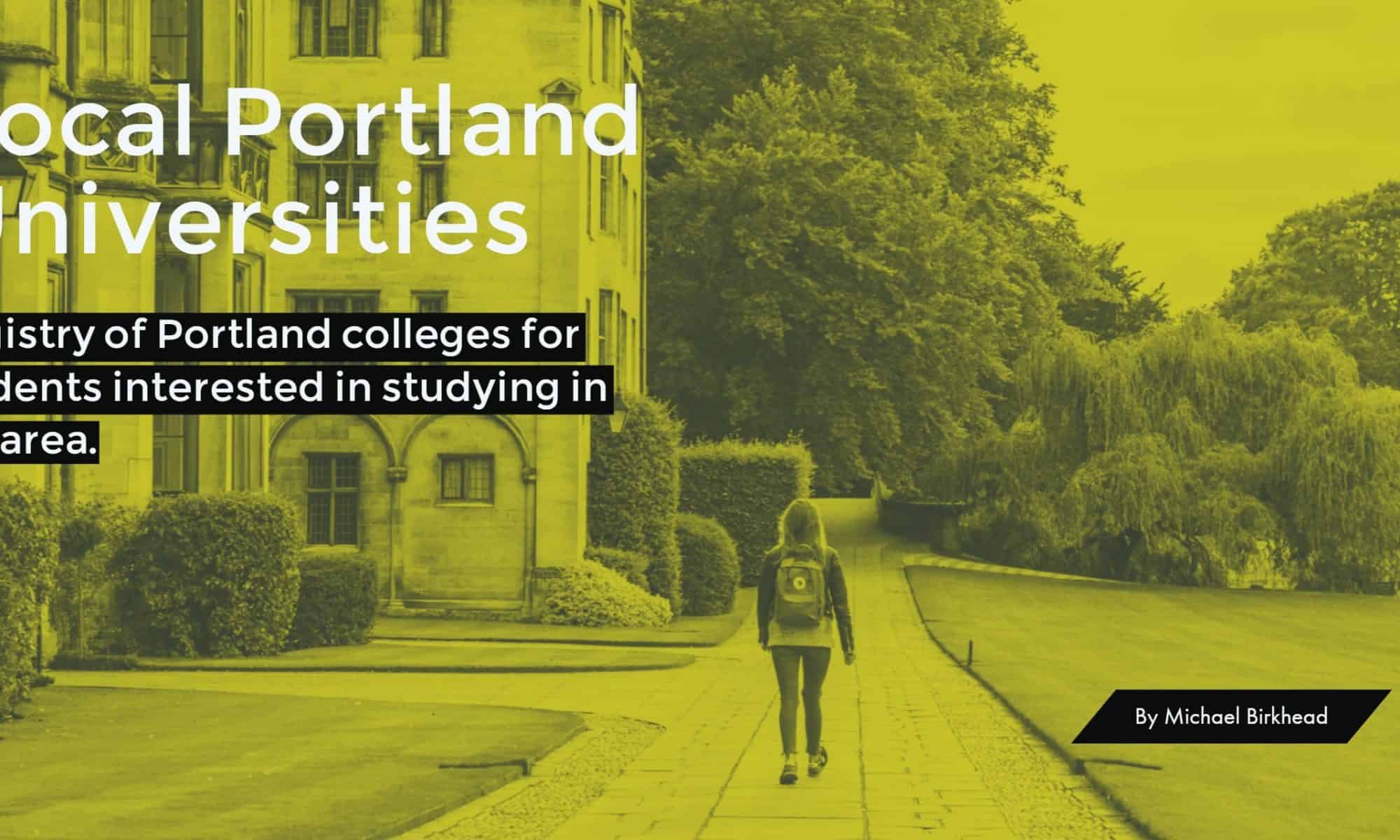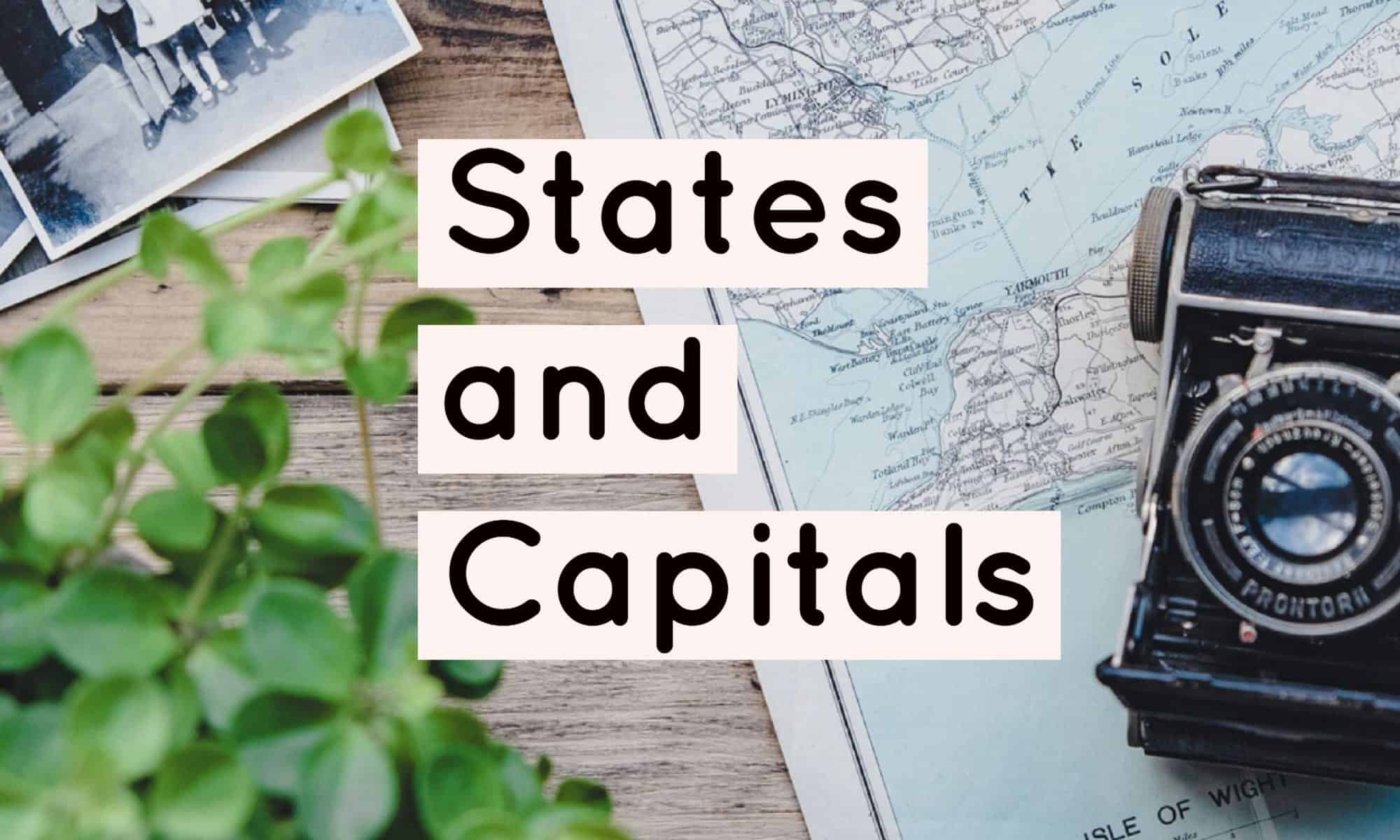This is a resource for highschool students who are exploring their post-graduation options and wish to stay in or move to the Portland area. The map shows the locations of various colleges located in and around Portland, OR. Clicking on one of the universities displays a snippet of information about the school, their logo, and a short video created by the school’s marketing team.
“Apples to Oregon” by Deborah Hopkinson (Interactive Story Map)
By Dylan Hite, Hanna Knouf, and Laura Barros
[embedit snippet=”apples-to-oregon-2″]
Title of Book: Apples to Oregon: Being the (Slightly) True Narrative of How a Brave Pioneer Father Brought Apples, Peaches, Pears, Plums, Grapes, and Cherries (and Children) Across the Plains
Author: Deborah Hopkinson
Illustrator: Nancy Carpenter
Year written: 2004
This story is about a family of farmers who travel across the country from Iowa to Oregon in search of a new home and more land. They take all of their crops in their wagon in order to start a new life out West, and the book tells some of the experiences that they have, and ones which many pioneers experienced on the Oregon Trail.
Excerpt from book: “So Daddy built two of the biggest boxes you could ever hope to see. He set them into a sturdy wagon and shoveled in good, wormy dirt. Then he filled every inch with little plants and trees. Hundreds of them! Daddy was ready for the most daring adventure in the history of fruit.”
This book could be used for a lesson on the Oregon Trail because it shows another perspective from the pioneers that is relate-able and easy to read. Students can use Google My Maps to create their own journey that the characters go on, where they write the descriptions, pick the pictures, and turn it into their own post. I think Google My Maps allows for a lot of creativity in the classroom and for students to get more engaged in what they are reading and studying! Teachers could also make this a collaborative effort like it was for us, so that ideas can be shared among many students.
Cute But Deadly Animals on MyMaps
By: Margaret Buzard and Melissa Sta. Maria
This lesson would be used during a science unit on dangerous animals. On MyMaps, you will notice several different icons and their general locations on the map. Once you click on a particular icon, you will see the adorable picture of the animal that lives there. However, if you click the arrow to see the next image, you discover the dangerous side of the animal. Below these images, you will find the common location of this animal as well as the reasoning for why they are so dangerous.
In our field experience classrooms, we have noticed how excited kids get when they see dangerous animals. These are typically creatures they may not see on a daily basis, so this lesson would build on their curiosity and invite them to explore the world around them. Students could upload their own cute, but deadly animal to understand how appearances can be deceiving.
Schools around the World
By Madison Hughes and Bridget Ponzetti
Our lesson is based on the article, “How classrooms look around the world-in 15 amazing photographs,” by Valerie Strauss. Our goal for this lesson is for students to be exposed to different classrooms and cultures around the world. The classroom settings range from Russia to Brazil, and the students range from primary school to secondary school. One classroom in Pakistan is very minimalist, and illustrates how through a lack of resources, but a great deal of imagination, the outdoors can become a classroom. In contrast, one classroom in Morocco exhibits their creativity through paintings on the walls. The students will be able to compare and contrast their own personal experience in school with the students in the photographs. Students will become open-minded and globally curious. Students, through reflection, will gain an appreciation for the resources that they have.
States and Capitals
Kiana and Jordyn’s MyMap is intended to be used during a Social Studies unit on States and Capitals. Students will have the opportunity to participate in a virtual road trip throughout the continental United States. Each Geotag includes a picture so students can see what each capital looks like. Throughout this unit students can click on each capital and then research information about the state. As the unit progresses students will continue to add facts they learned in the description resulting in a detailed MyMap at the end of the unit.
This lesson is connected to Oregon’s fifth grade Social Studies standard “5.7 Identify, locate, and describe places and regions in the United States.” In utilizing this MyMap teachers are able to meet this standard while allowing students to explore, collaborate and learn as a class.
MyMaps to Facilitate Classroom Relationships
In this project, students and teachers will create a MyMap of their own that illustrates where they are from. Students should use pictures, videos, and short dialogue to inform their maps. The students are free to share whatever they feel comfortable sharing. This may include homes, schools, favorite restaurants, or general cities. We ask students to have at least five points with at least one picture and a short paragraph for each.
In creating this map, we hoped to help students get to know each other better, build classroom community, and better understand geography. Additionally, students learned how to use and manipulate their own MyMaps to tell a story – ultimately furthering our goal of digital literacy.
This project helped us learn the background of our students to help us better understand where they are coming from. This is crucial for teachers and students both to understand each other as we begin to form our classroom community.






